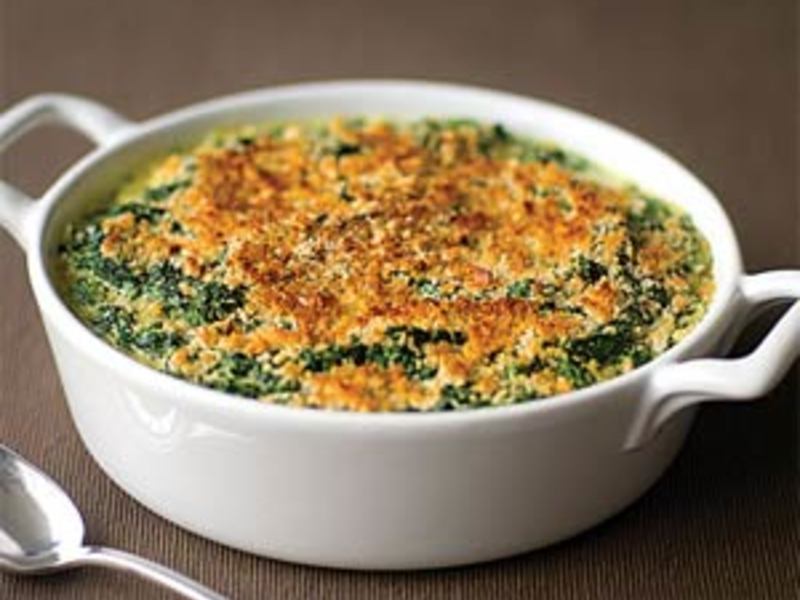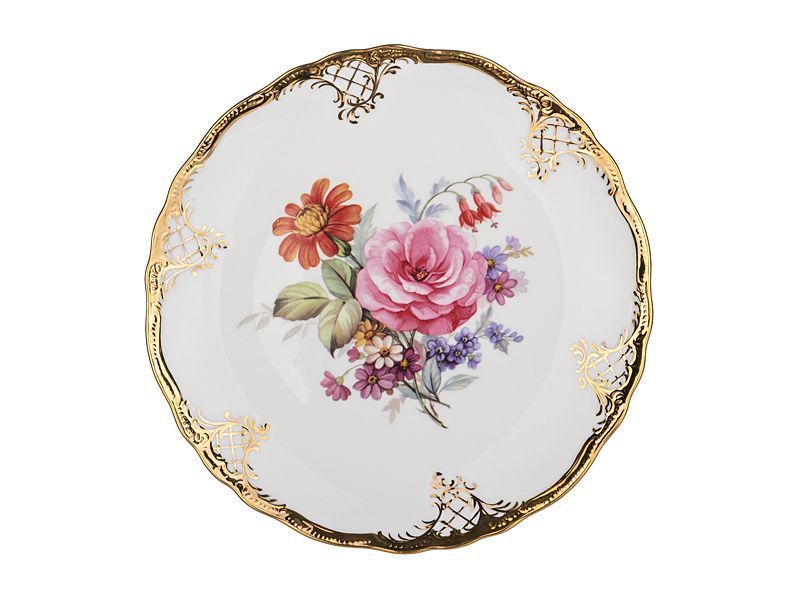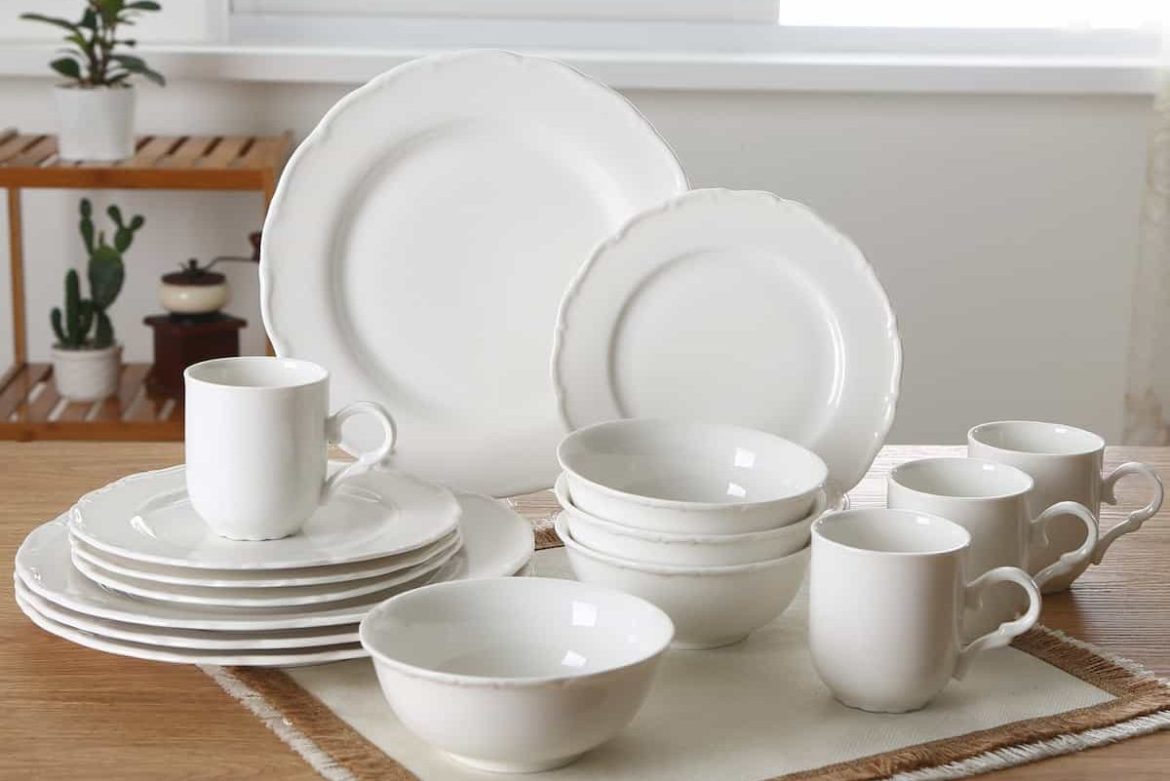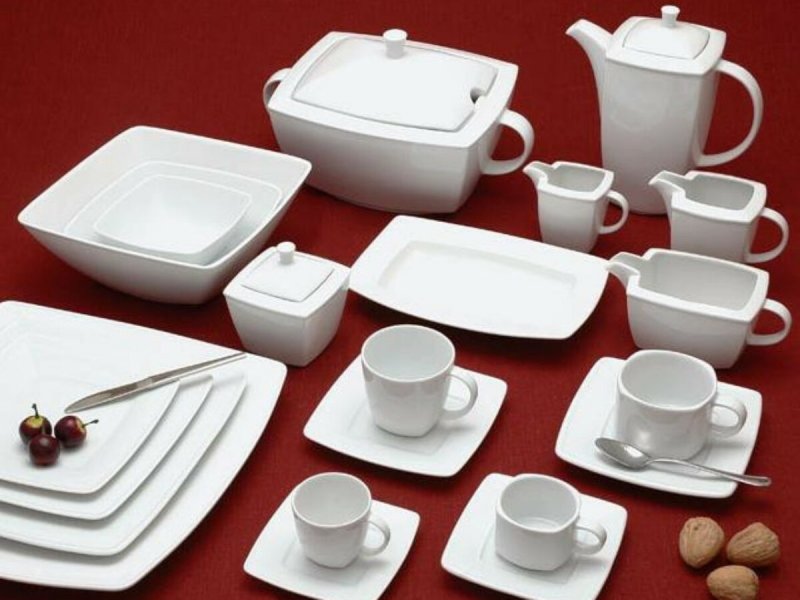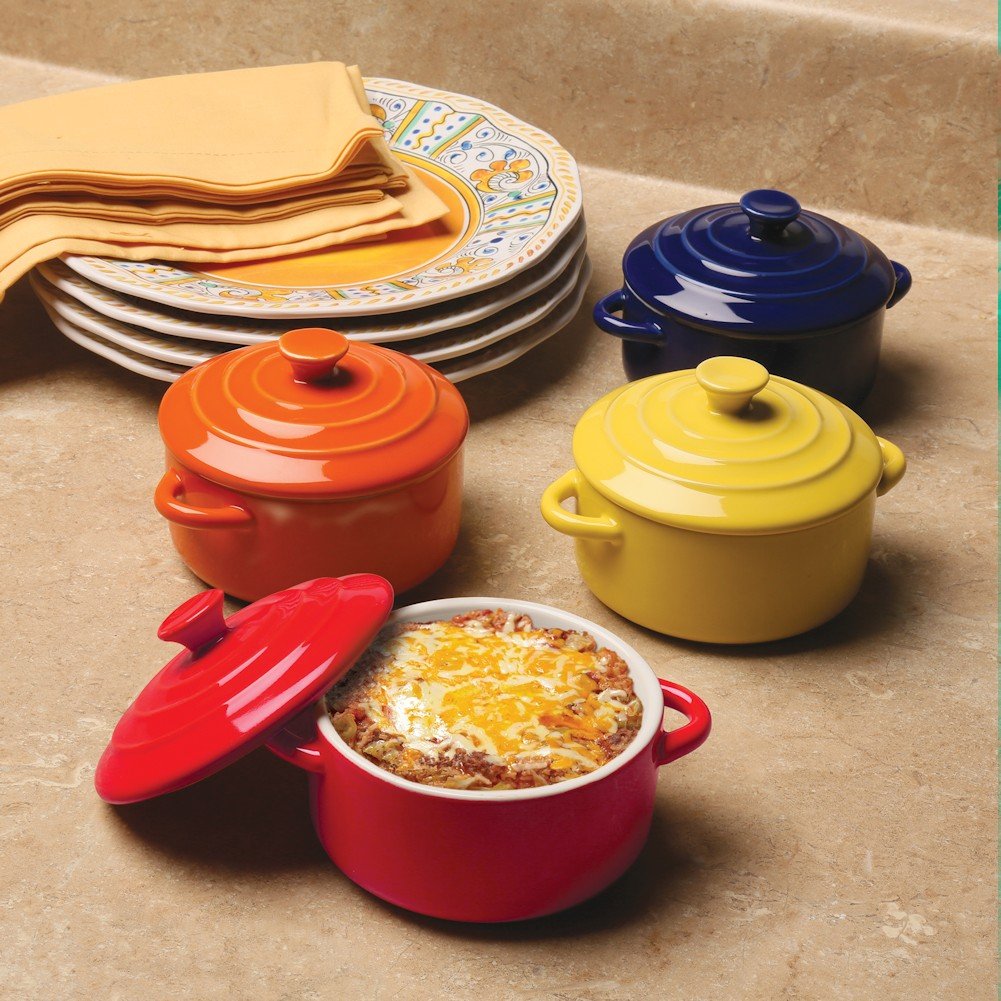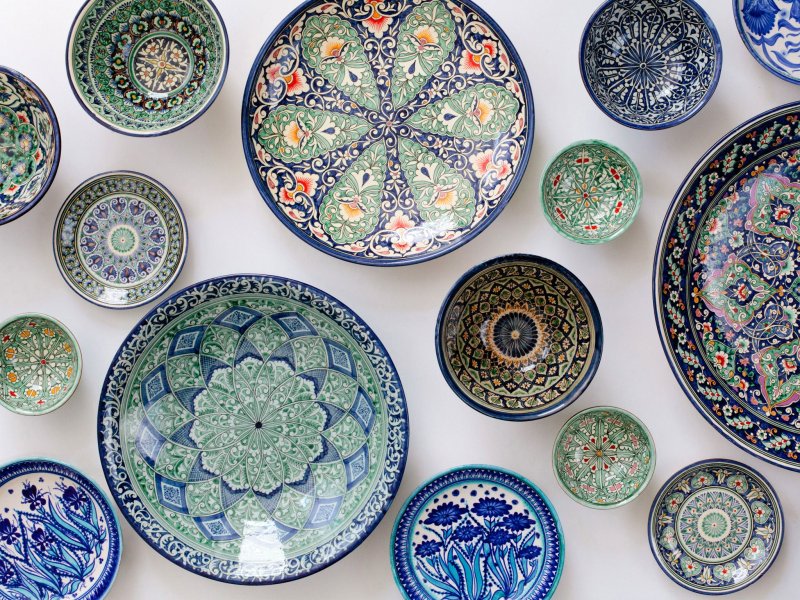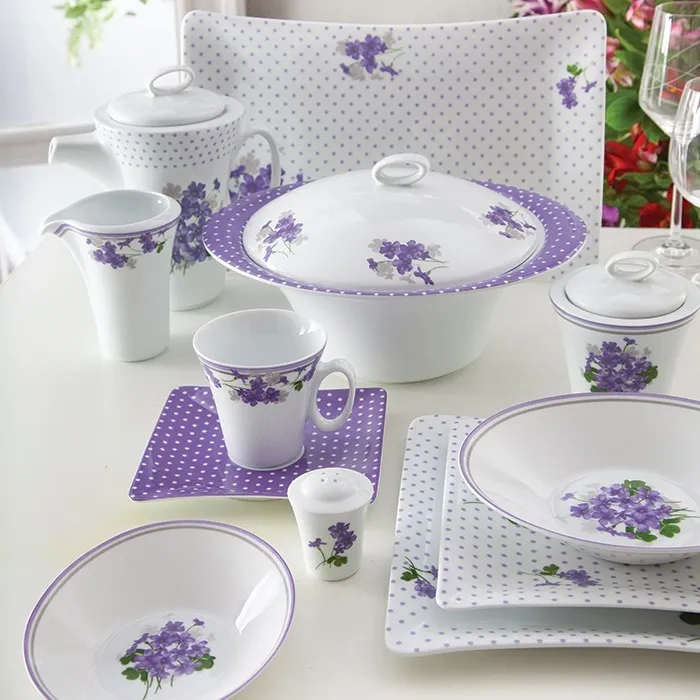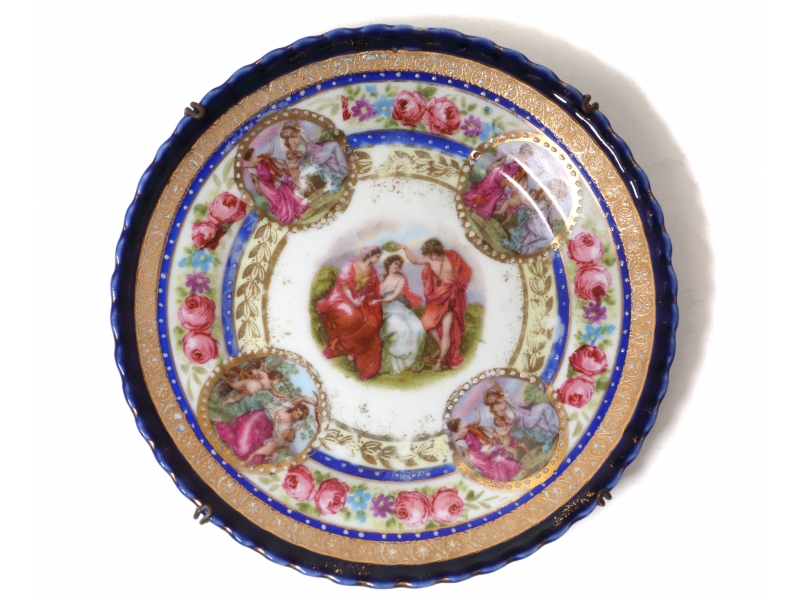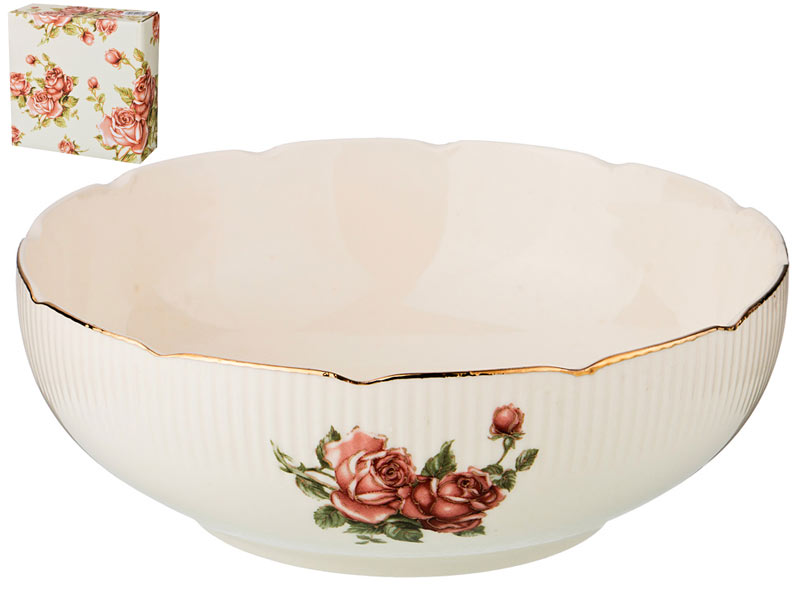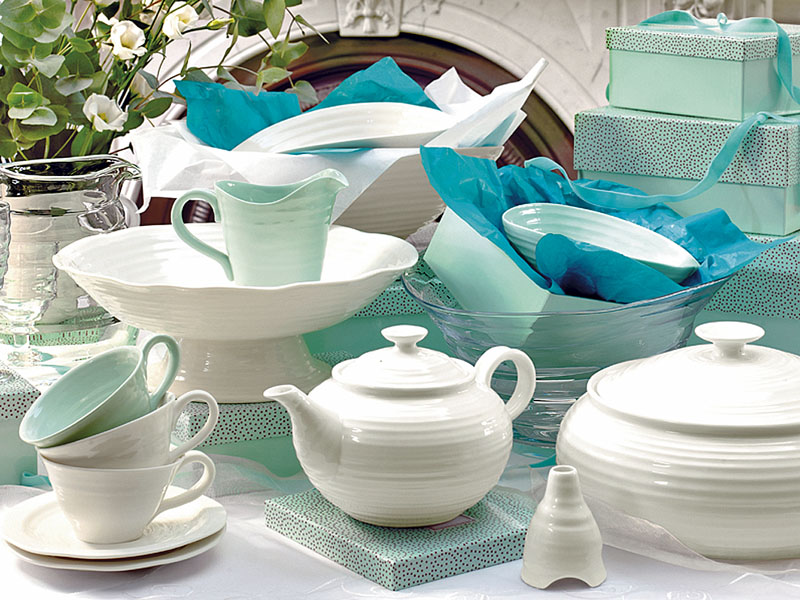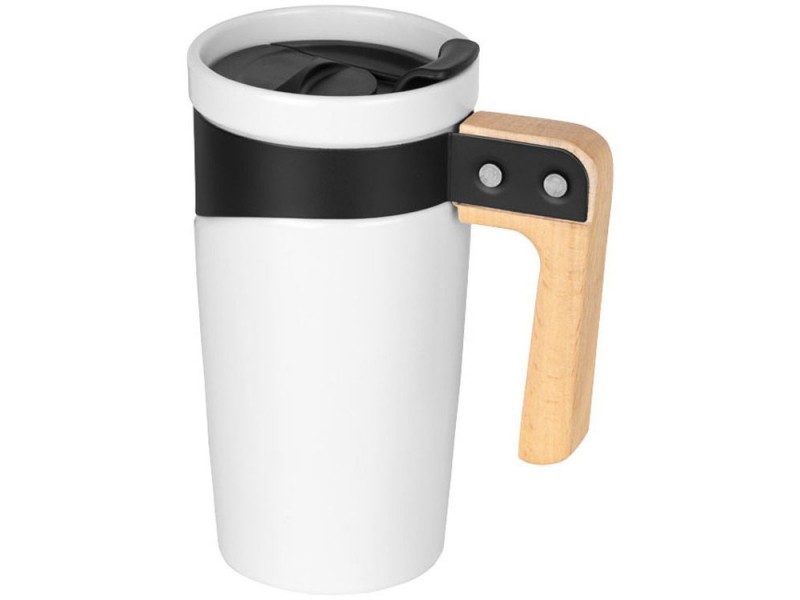The Ultimate Guide to Ceramic Baking Dishes: Features, Benefits, and Usage
Introduction:
Ceramic baking dishes have been a staple in kitchens for centuries, providing a versatile and reliable option for cooking a wide range of dishes. These vessels offer several advantages, such as even heat distribution, excellent insulation, and stylish presentation. In this comprehensive guide, we will explore the features, benefits, and usage of ceramic baking dishes, helping you make an informed decision about incorporating them into your culinary arsenal.
I. Features of Ceramic Baking Dishes:
1. Material Composition: Ceramic baking dishes are typically made from clay that is heated at high temperatures to create a hard, durable surface. They may also contain a glaze, which adds a glossy finish and enhances their aesthetic appeal.
2. Sizes and Shapes: Ceramic baking dishes come in a variety of sizes and shapes, including round, oval, square, and rectangular. This versatility allows you to choose the perfect dish for various recipes and dish sizes.
3. Handles: Many ceramic baking dishes feature integrated handles or side handles for easy transport. These handles are often designed to stay cool, allowing you to handle hot dishes with ease.
4. Colors and Designs: Ceramic baking dishes offer a wide range of colors and designs, allowing you to find one that matches your personal style and kitchen decor.
II. Benefits of Ceramic Baking Dishes:
1. Even Heat Distribution: Ceramic is an excellent heat conductor, ensuring that your food cooks evenly throughout. This property prevents hot spots and reduces the risk of overcooking or undercooking certain areas of your dish.
2. Excellent Insulation: Ceramic baking dishes retain heat exceptionally well, keeping your food warm for a longer period. This feature is particularly useful when serving meals at the table or for keeping dishes warm during potlucks and parties.
3. Versatility: Ceramic baking dishes can be used in various cooking applications, such as baking, roasting, broiling, and serving. They are suitable for both savory and sweet dishes and can be used in both conventional and microwave ovens.
4. Non-Reactive Surface: One significant advantage of ceramic baking dishes is their non-reactive surface. Unlike metal pans, ceramic does not leach any metallic flavors into your food, ensuring that the natural flavors of your ingredients are preserved.
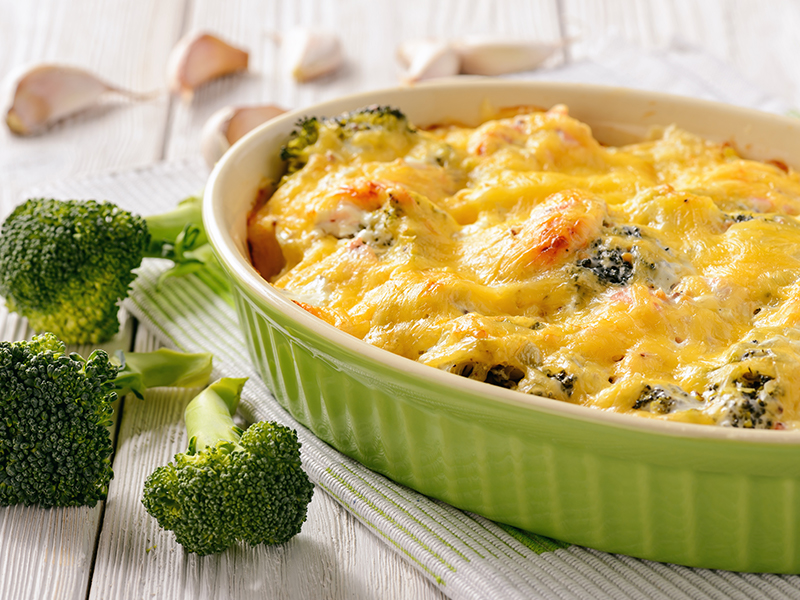
5. Aesthetics: Ceramic baking dishes are visually appealing and can effortlessly transition from the oven to the table. Their beautiful colors and designs can elevate the presentation of your dishes and make them a centerpiece at your dining table.
III. Using Ceramic Baking Dishes:
1. Preparing the Dish: Before using a new ceramic baking dish, it is recommended to wash it with warm, soapy water. This removes any dust or residue from the manufacturing process. Additionally, greasing the dish with butter or oil prevents food from sticking and makes cleaning easier.
2. Temperature Considerations: Ceramic baking dishes can withstand high temperatures, but it is essential to avoid sudden temperature changes. Placing a cold ceramic dish in a hot oven or transferring it directly from the oven to a cold surface may cause it to crack or shatter. To prevent this, it is advisable to let the dish cool gradually or place it on a trivet or heatproof surface.
3. Cleaning and Maintaining: After each use, allow the dish to cool before cleaning it with warm, soapy water. Avoid harsh chemicals or abrasive scrubbers, as they can damage the surface. If food is stuck-on, soak the dish before attempting to remove it. Stains or discoloration can be treated with a baking soda paste, lemon juice, or white vinegar.
4. Avoid Thermal Shock: Thermal shock occurs when a ceramic dish is exposed to drastic temperature changes. To prevent this, do not move the dish directly from the oven to a cold surface or expose it to extreme temperature variations.
5. Storing: To maximize the lifespan of your ceramic baking dish, store it in a safe place where it won’t get scratched or chipped. Avoid stacking heavy items on top of it, as this can cause damage.
Conclusion:
Ceramic baking dishes are renowned for their ability to create delicious, evenly cooked dishes with an elegant presentation. With excellent heat distribution, superior insulation, and a non-reactive surface, they offer numerous benefits to home cooks and professional chefs alike. Their versatility makes them a must-have tool in any kitchen, allowing for baking, roasting, and serving a wide variety of dishes. By following proper care and usage guidelines, you can enjoy the enduring beauty and functionality of ceramic baking dishes for years to come.I. The Pros and Cons of Ceramic Baking Dishes:
Ceramic baking dishes are undoubtedly a popular choice among home cooks and professional bakers, but like any kitchen tool, they have their pros and cons. Understanding these can help you make an informed decision when considering adding them to your kitchen arsenal.
Pros:
1. Versatility: Ceramic baking dishes can be used in a wide range of cooking applications, from baking lasagnas and casseroles to roasting vegetables and even making desserts. Their ability to withstand high temperatures and evenly distribute heat makes them suitable for various culinary endeavors.
2. Health Benefits: Ceramic is a non-reactive material, meaning it does not release any harmful substances or chemicals when exposed to heat. This makes ceramic baking dishes a safe choice for cooking and storing food, as they do not leach any potentially harmful materials into your dishes.
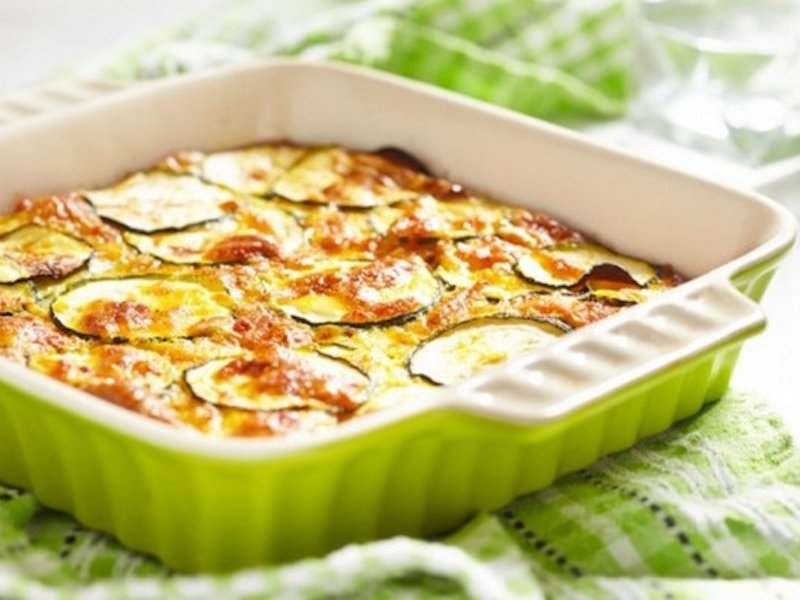
3. Aesthetic Appeal: Ceramic baking dishes are an excellent addition to any kitchen as they come in vibrant colors and attractive designs. They can effortlessly transition from the oven to the table, enhancing the presentation of your dishes and adding a touch of elegance to your dining experience.
4. Durability: Ceramic baking dishes are known for their durability. When properly taken care of, they can last for years, delivering consistent baking results with each use. Unlike glass baking dishes, ceramic is less prone to breakage and can withstand accidental bumps or falls.
Cons:
1. Slow Heating: Compared to metal pans, ceramic baking dishes take longer to heat up. While this can be advantageous for slow-cooked dishes, it may require adjusting cooking times for recipes that rely on rapid temperature changes.
2. Fragility: Although ceramic baking dishes are known for their durability, they are not indestructible. Care must be taken to avoid dropping or mishandling them, as they can chip or crack. Additionally, extreme temperature changes can cause ceramic to break, so it’s important to let them cool gradually.
3. Weight: Ceramic baking dishes tend to be heavier than their metal counterparts. This can make them somewhat cumbersome to maneuver, especially when transporting hot dishes from the oven to the table. However, many ceramic baking dishes come with convenient handles that can alleviate this concern.
4. Stains and Discoloration: Over time, ceramic baking dishes may develop stubborn stains or discoloration, particularly when used to cook highly pigmented foods like tomato-based dishes. While these stains do not affect the functionality of the dish, they may require some extra effort to remove.
II. Choosing the Right Ceramic Baking Dish:
When selecting a ceramic baking dish, there are a few factors to consider that can ensure you make the right choice for your cooking needs.
1. Size and Shape: Ceramic baking dishes come in various sizes and shapes, so it’s important to choose one that suits your intended use. Consider the typical number of servings you’ll be making and the oven space available to you. Additionally, different shapes can affect heat distribution, so choose accordingly.
2. Thickness: The thickness of the ceramic baking dish can impact its heat retention and cooking performance. Thicker dishes generally provide better insulation and may be ideal for slow-cooked dishes, while thinner dishes heat up more quickly and are better suited for recipes that require rapid temperature changes.
3. Handles: Consider whether you prefer a ceramic baking dish with integrated handles or side handles. Integrated handles may be more aesthetically pleasing and convenient for serving, but side handles can provide a better grip when handling hot dishes.
4. Price Range: Ceramic baking dishes can vary significantly in price, with options available to suit every budget. Typically, more expensive options are made from high-quality materials, possess superior craftsmanship, and may have additional features.

III. Caring for Ceramic Baking Dishes:
To extend the lifespan of your ceramic baking dishes and ensure optimal performance, following proper care and maintenance practices is essential.
1. Cleaning: After each use, allow the ceramic baking dish to cool before washing it. Hand wash your dish with warm, soapy water and a soft sponge or cloth. Avoid abrasive scrubbers, as they can damage the glaze or surface. For stubborn stains, soak the dish in warm soapy water before gently scrubbing.
2. Stuck-On Food: If food is stuck to the ceramic baking dish, avoid using metal utensils or harsh abrasives to remove it, as this can scratch the surface. Instead, soak the dish in warm, soapy water to loosen the food, and then gently scrub with a non-abrasive sponge or nylon brush.
3. Storing: To prevent damage, store your ceramic baking dishes in a safe place where they won’t come into contact with other heavy items that could cause chips or cracks. If stacking multiple dishes, place a clean kitchen towel or silicone mat between them to provide cushioning.
4. Avoid Thermal Shock: As mentioned earlier, ceramic baking dishes can be sensitive to sudden temperature changes. To avoid thermal shock, never place a cold ceramic dish directly into a hot oven, and avoid placing a hot dish onto a cold surface. Instead, allow the dish to cool gradually or use a trivet or heatproof pad.
IV. Brands and Recommended Ceramic Baking Dishes:
There are several reputable brands that offer high-quality ceramic baking dishes. While personal preferences may vary, the following brands have consistently received positive reviews:
1. Emile Henry: Known for their French craftsmanship and innovative designs, Emile Henry offers a range of ceramic baking dishes in various sizes and shapes. Their dishes are known for their excellent heat distribution and superior insulation.
2. Le Creuset: A well-known brand in the culinary world, Le Creuset is renowned for its enameled cast iron cookware. They also offer ceramic baking dishes that feature the same quality and attention to detail. Le Creuset dishes are known for their durability and stunning color choices.
3. Pyrex: Although primarily recognized for their glass baking dishes, Pyrex also offers a range of ceramic baking dishes. Pyrex’s ceramic dishes are designed to withstand high temperatures and provide even heat distribution. They are also known for their affordable price range.
V. Conclusion:
Ceramic baking dishes have stood the test of time as reliable and versatile kitchen tools. They offer numerous benefits, including even heat distribution, excellent insulation, and a stylish aesthetic. Understanding their features, advantages, and care requirements can help you make an informed decision about incorporating ceramic baking dishes into your kitchen. By selecting the right dish and maintaining it properly, you can enjoy the culinary mastery and charming presentation that ceramic baking dishes bring to your home cooking.
